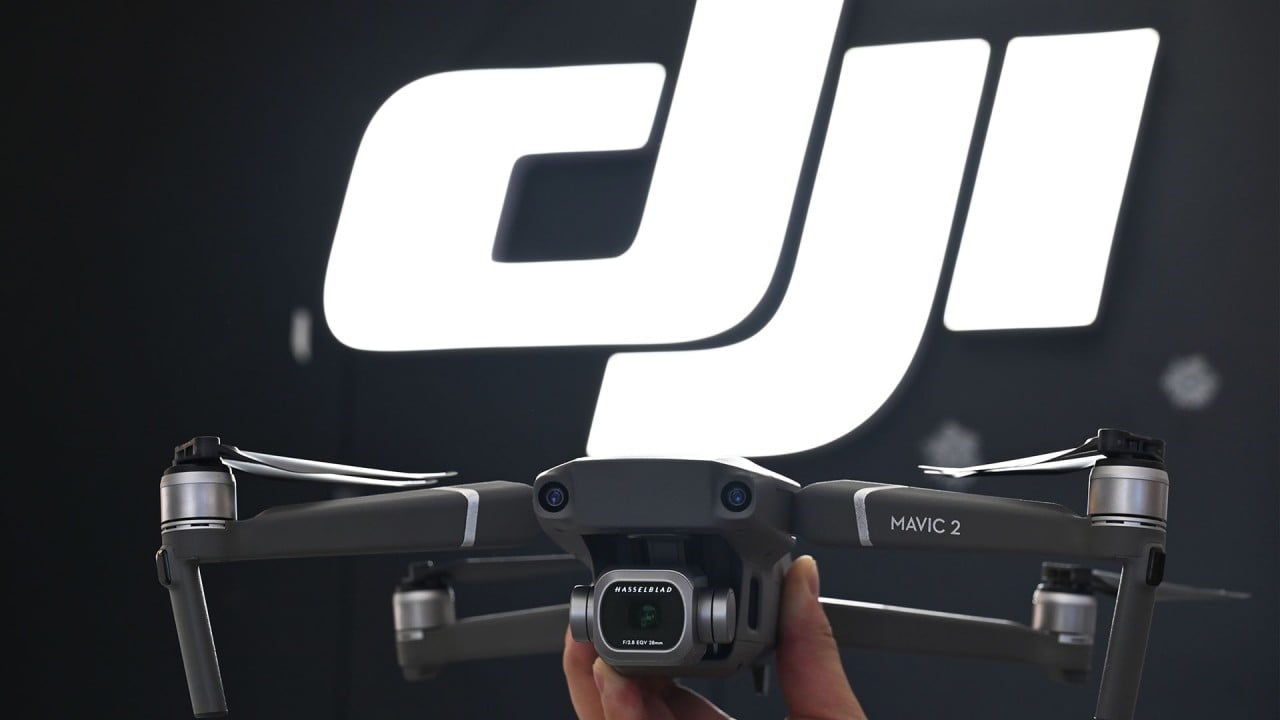
China to tighten the rules on use of facial recognition technology
- Tech can only be used to process biometric data in ‘certain conditions’ and when there is ‘sufficient’ need
- Draft rules also allow broad use for national security purposes, including analysing data on race and religion
The Cyberspace Administration of China launched a month-long public consultation on the draft rules on Tuesday. The internet regulator said the rules aimed to regulate the technology and uphold “individual legitimate rights” as well as “social order and public safety”.
The draft rules forbid the misuse of facial recognition technology by entities and in public spaces including banks, airports, hotels, sporting facilities, museums and libraries.
They also call for non-biometric identification to be used instead of facial recognition technology if it works just as well for the intended purpose.
In addition, all entities currently using the technology in a public space, or those that have more than 10,000 facial recognition records stored, will be required to register with their local internet regulator within 30 working days.
They will have to state their purpose for using the technology, and how they are handling and protecting the data of individuals.
Chinese people are concerned about use of facial recognition, survey shows
Under the new rules, entities will only be able to use the technology to process facial recognition information in “certain conditions” and when there is “sufficient” need – though the draft does not say what those conditions are or what would constitute such a need.
The draft rules allow broad use of biometric data for the purpose of maintaining national security, including analysing personal information such as race, ethnicity and religious beliefs.
Tech firms using the technology are also told to prioritise data from the government’s central identity databases.
China has a vast network of 200 million CCTV cameras installed across the country. That compares to 50 million in the United States, according to the latest data from computer security site Precise Security.
Beijing’s use of facial recognition technology for surveillance is at the centre of accusations by Washington and its allies that China is violating the human rights of Uygurs and other Muslim minorities in Xinjiang. Beijing denies the claims, saying its policies in the region are aimed at countering terrorism and extremism.
In 2019, the US blacklisted Chinese AI companies SenseTime, Megvii and Yitu, as well as video surveillance tech firms Hikvision and Zhejiang Dahua Technology, over their alleged roles in surveillance in Xinjiang – including offering features to Beijing to identify Uygur Muslims and other ethnic minorities.




